The .30-40 U.S. Krag-Jorgensen in Combat
April 19th, 2022
7 minute read
The last decade of the 19th century was a highly inventive time, particularly in the design of new bolt-action rifles. American gun manufacturers uncharacteristically lagged in this area of firearms development, and by the time of the U.S. military’s rifle competition in 1892, no domestic designs were part of the final consideration set.
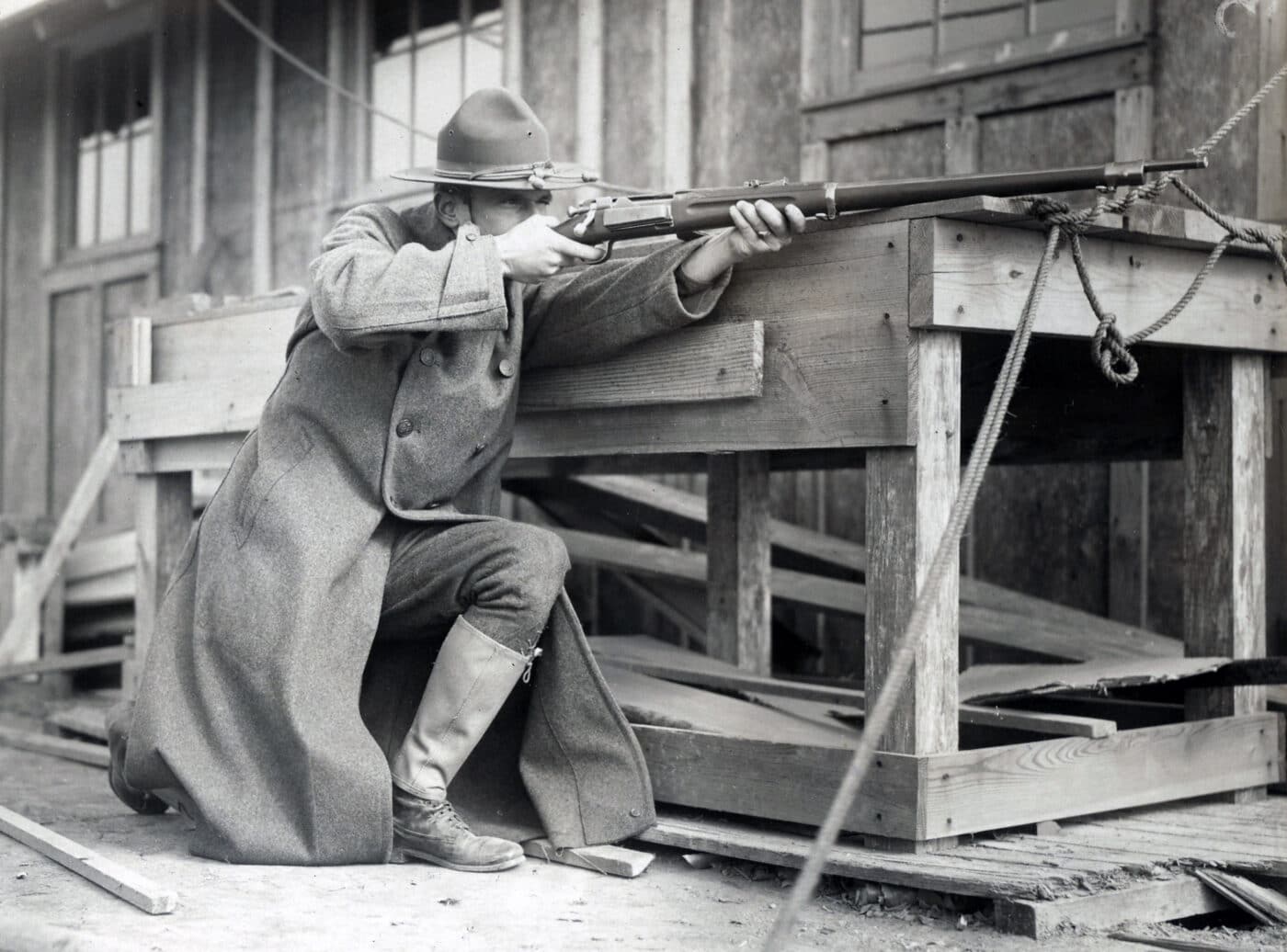
The three finalists were all foreign rifles: the British Lee rifle, the German Mauser and the Norwegian Krag-Jorgensen. The Krag rifle, dubbed “The U.S. Magazine Rifle, Calibre .30” was chosen in 1893, beginning an 11-year career as the U.S. military’s primary rifle.
Remember the Maine!
The 1890’s saw a global renewal of imperialism, and even though America was a burgeoning global power its people and its government was, for the most part, isolationist. Even so, war was not far away as the first Krag rifles came off the production line at the government’s Springfield Armory in 1894.
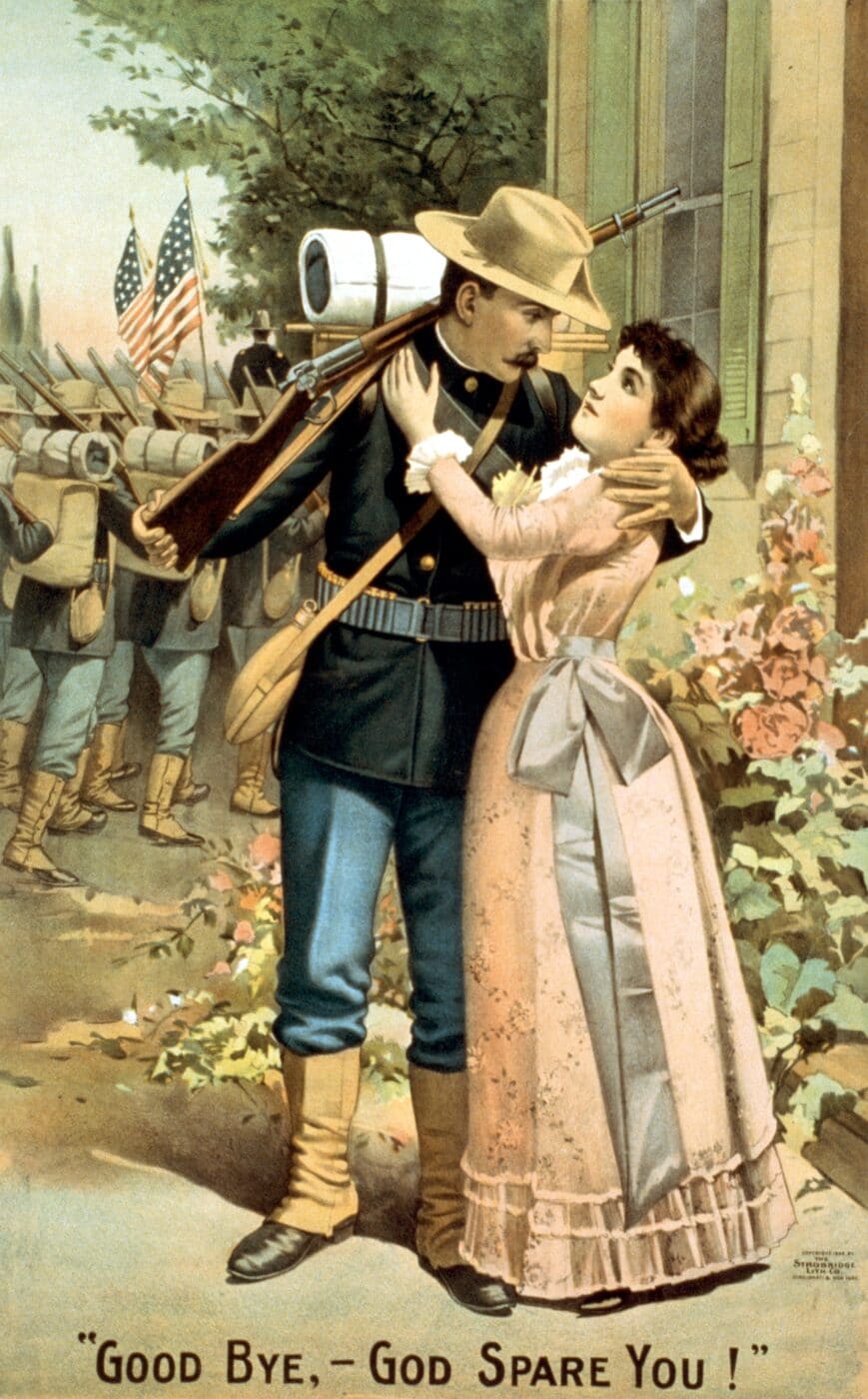
Beginning on April 21, 1898, and lasting until August 13th, the United States battled the Spanish Empire at sea and on land in the Caribbean and in the Philippine Islands. The war at sea was completely unequal, as the U.S. Navy devastated Spanish squadrons in both combat zones without loss to themselves.
On land, the campaigns were not quite as easy since the U.S. military was not well prepared for the sudden conflict. At the beginning of 1898, the U.S. Army could only field about 25,000 men. U.S. officials wanted double that amount, and they were embarrassingly unprepared for the sudden rush of volunteers that followed — nearly 100,000 men volunteered in the days after the USS Maine exploded in Havana harbor on February 15th.
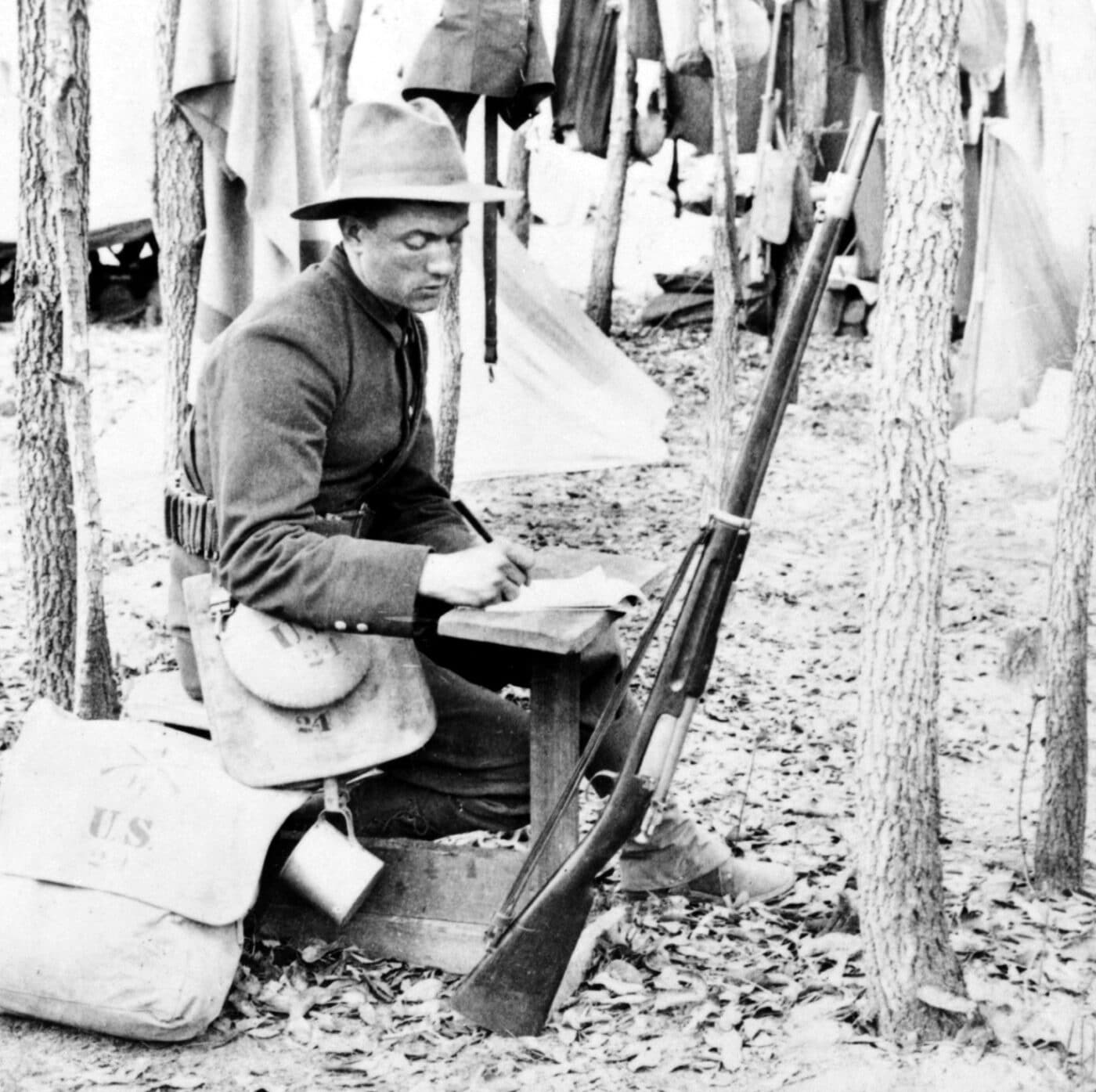
The limited amount of Krag rifles were allocated to regular army units, and few of the nearly 150,000 mobilized National Guardsmen even saw a Krag during the war. Most of the guard units carried the M1873 Springfield rifle, chambered for the black powder-propelled .45-70 cartridge.
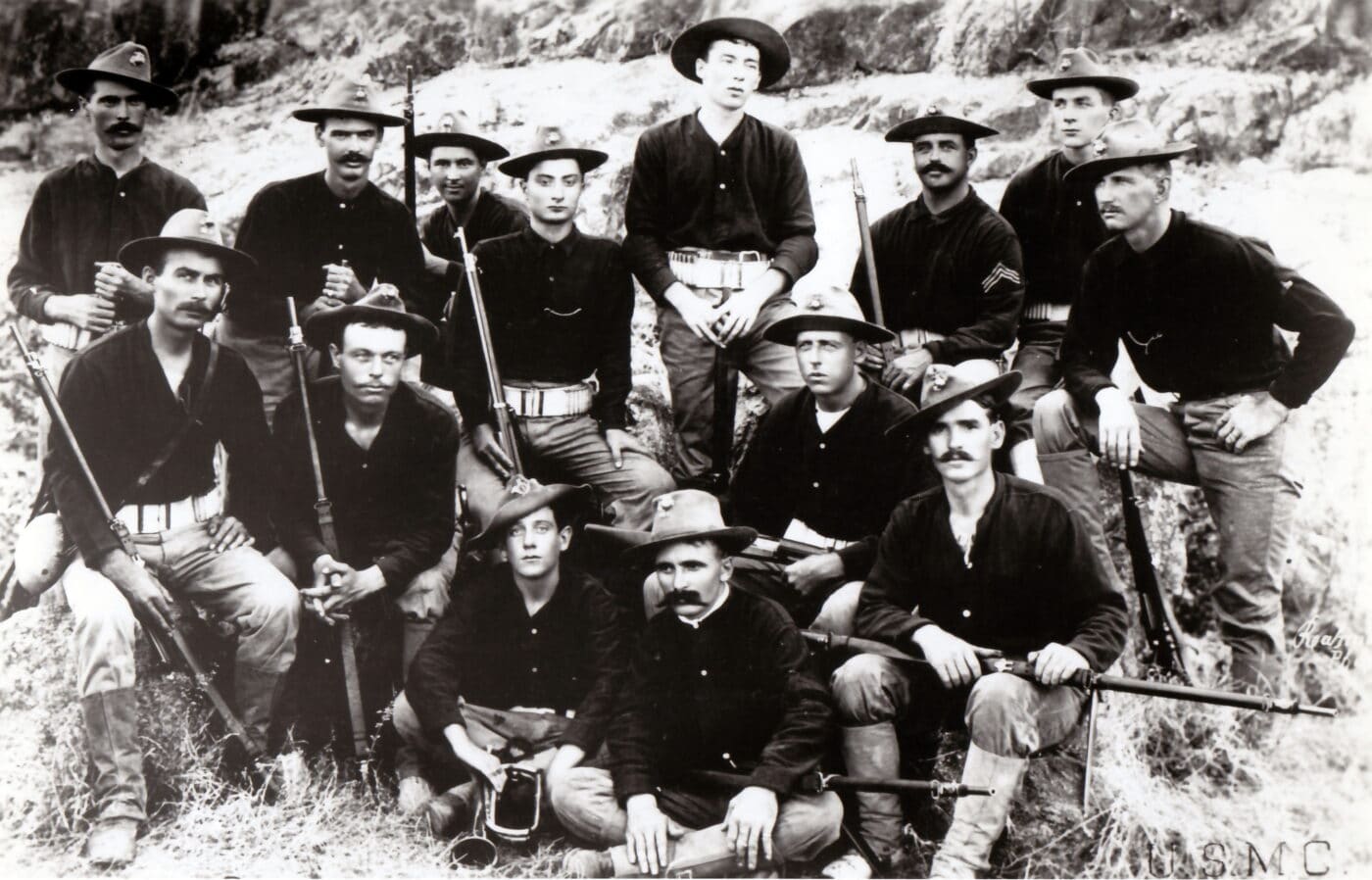
The throwback “Trapdoor Springfield” loaded slowly and belched forth a big puff of smoke with every massive slug it threw downrange, but it did serve as an important reminder that the 20th century had already arrived. At that moment, the Krag rifle was one of America’s most modern infantry weapons.
American Krags vs. Spanish Hornets
America’s Spanish opponents may have been poorly educated and treated badly by their aristocratic officers, but they were equipped with one of the finest rifles of the age: the Mauser Model 1893 (7x57mm), usually called the Spanish Mauser. During the battles in Cuba, Puerto Rico and in the Philippine Islands, American troops came to know it as the “Spanish Hornet”. The Mauser rifle and its modern, high-velocity cartridge held almost every advantage over the .30-40 Krag.
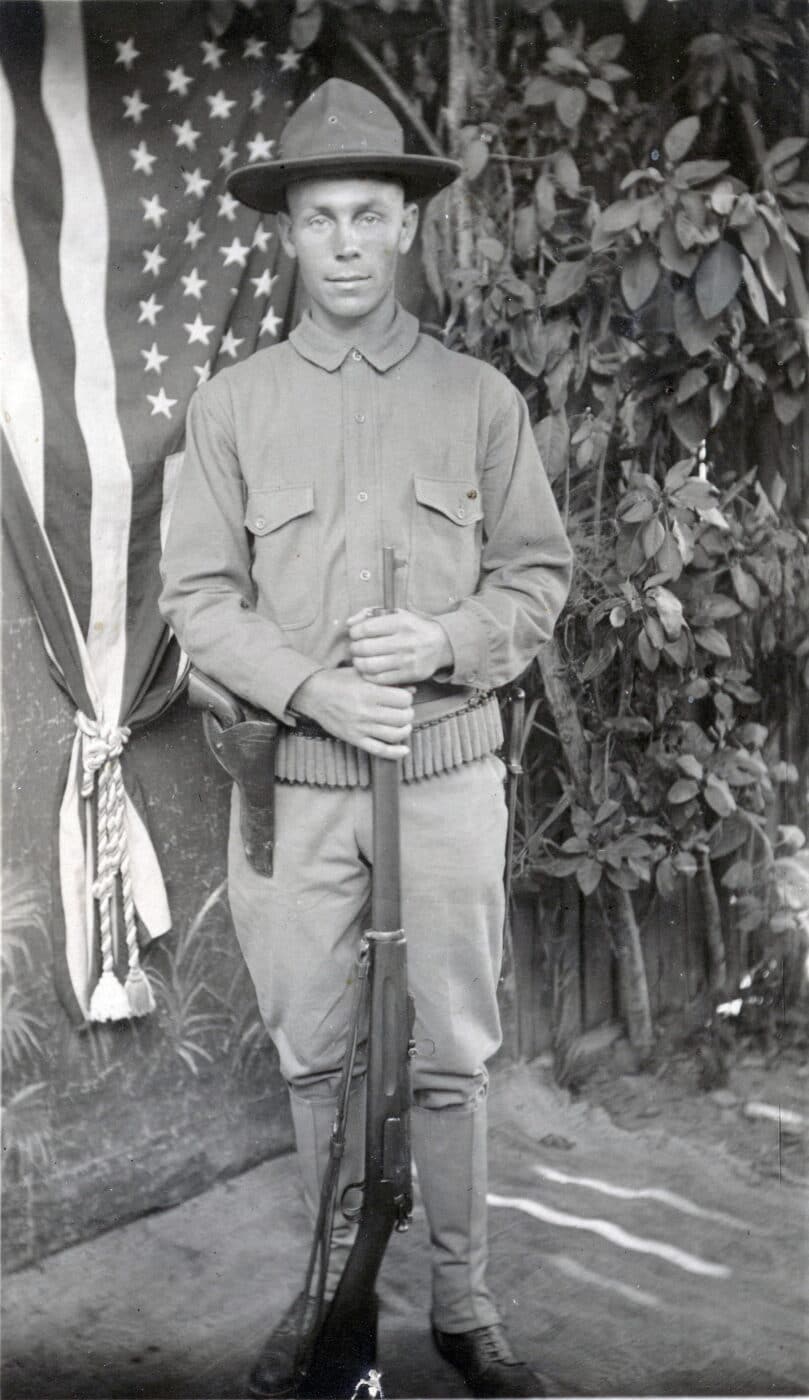
The Spanish Mauser could also be loaded with a 5-round charger (stripper-clip), a much faster system than the one-by-one loading of the Krag magazine. While both the Mauser and Krag used smokeless powder cartridges, the U.S. Army troops using the Trapdoor Springfield rifle with its black powder cartridges were at an extreme disadvantage, locked in 19th century weapons technology in a 20th century fight.
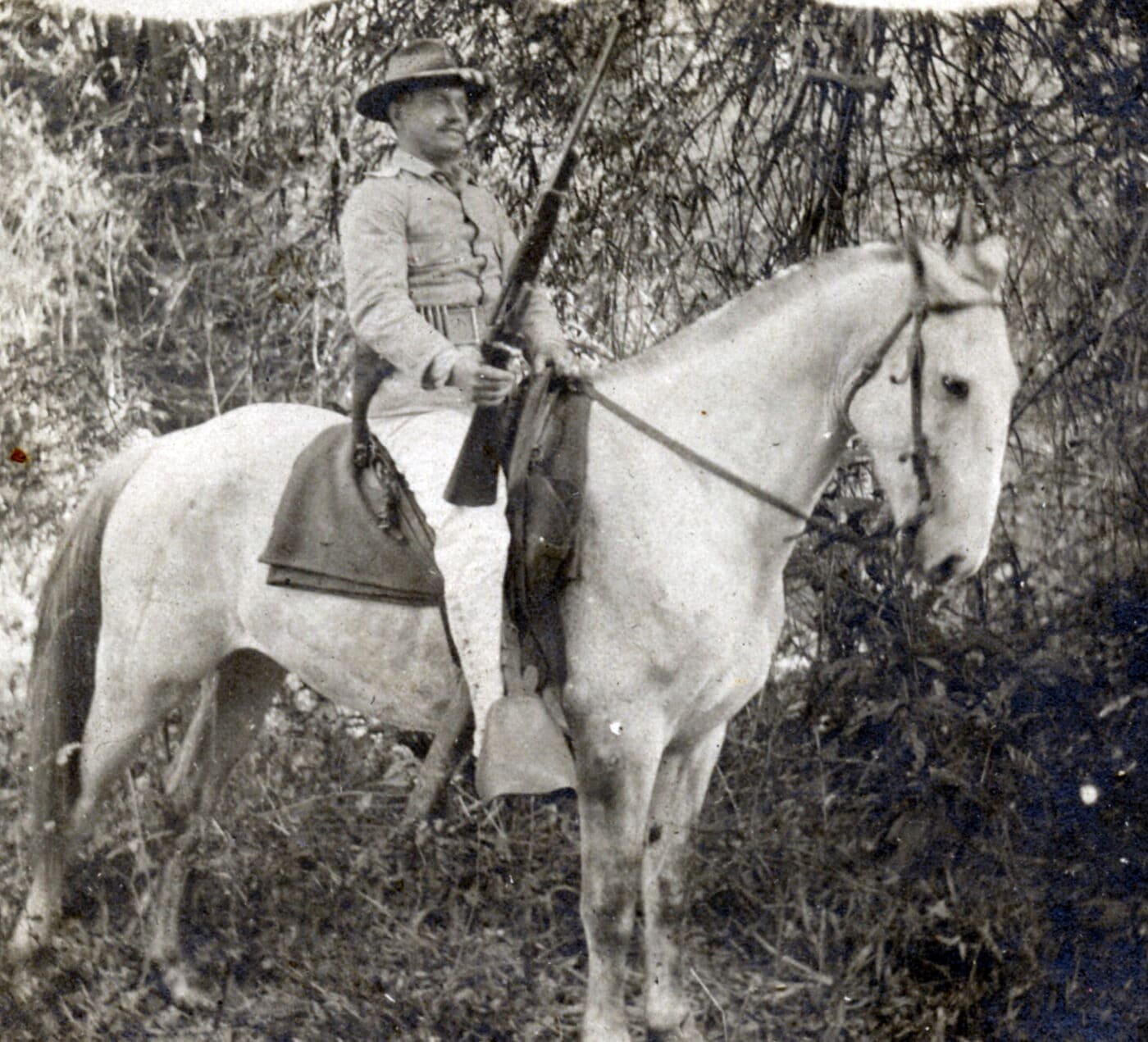
The “Spanish Hornet” earned much of its deadly reputation at the Battle of San Juan Hill, where 500 Spanish defenders made a huge impression on the 8,000+ American troops tasked with taking the hill. Spanish rifles accounted for many of the 144 dead and 1,024 wounded on that day.
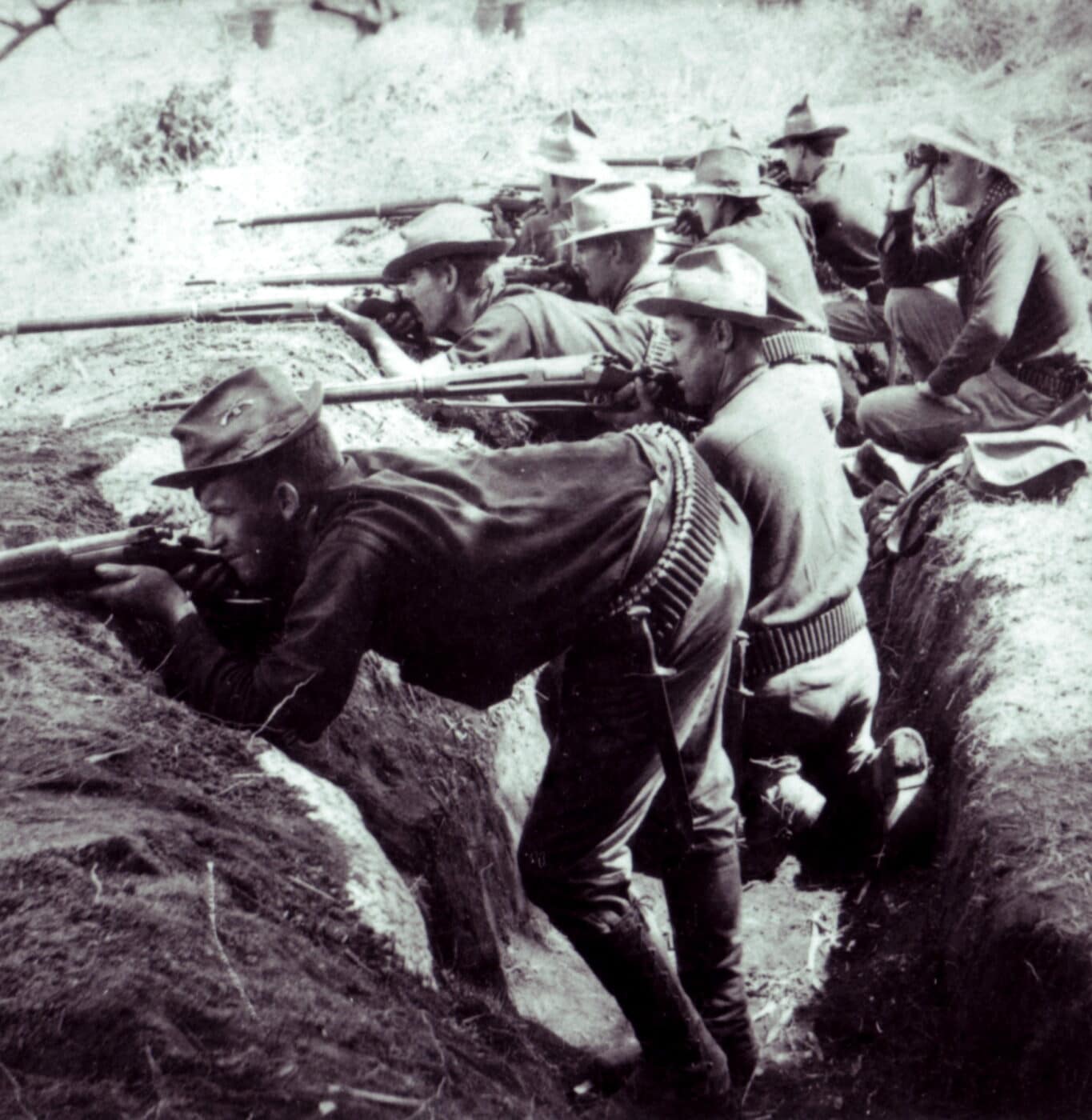
American marksmanship and courage under fire took the hill, but the level of casualties drove the army to commission a detailed investigation of the battle, and ultimately the qualities of the Spanish Mauser. The investigating commission ultimately recommended that the Krag rifle be replaced, and this directly led to the development of the M1903 Springfield rifle and later, the .30-06 cartridge.
The effectiveness of the Spanish Mauser is noted in “The Story of Our War with Spain” by Elbridge Brooks (Lothrop Publishing 1899):
“Their Mauser rifles, worked with smokeless powder, were a formidable means of resistance to the American regulars and their Krag-Jorgensen guns. Every step of the advance was dearly paid for, and officers and men dropped under the withering fire from fort, and trenches, and barricaded town.”
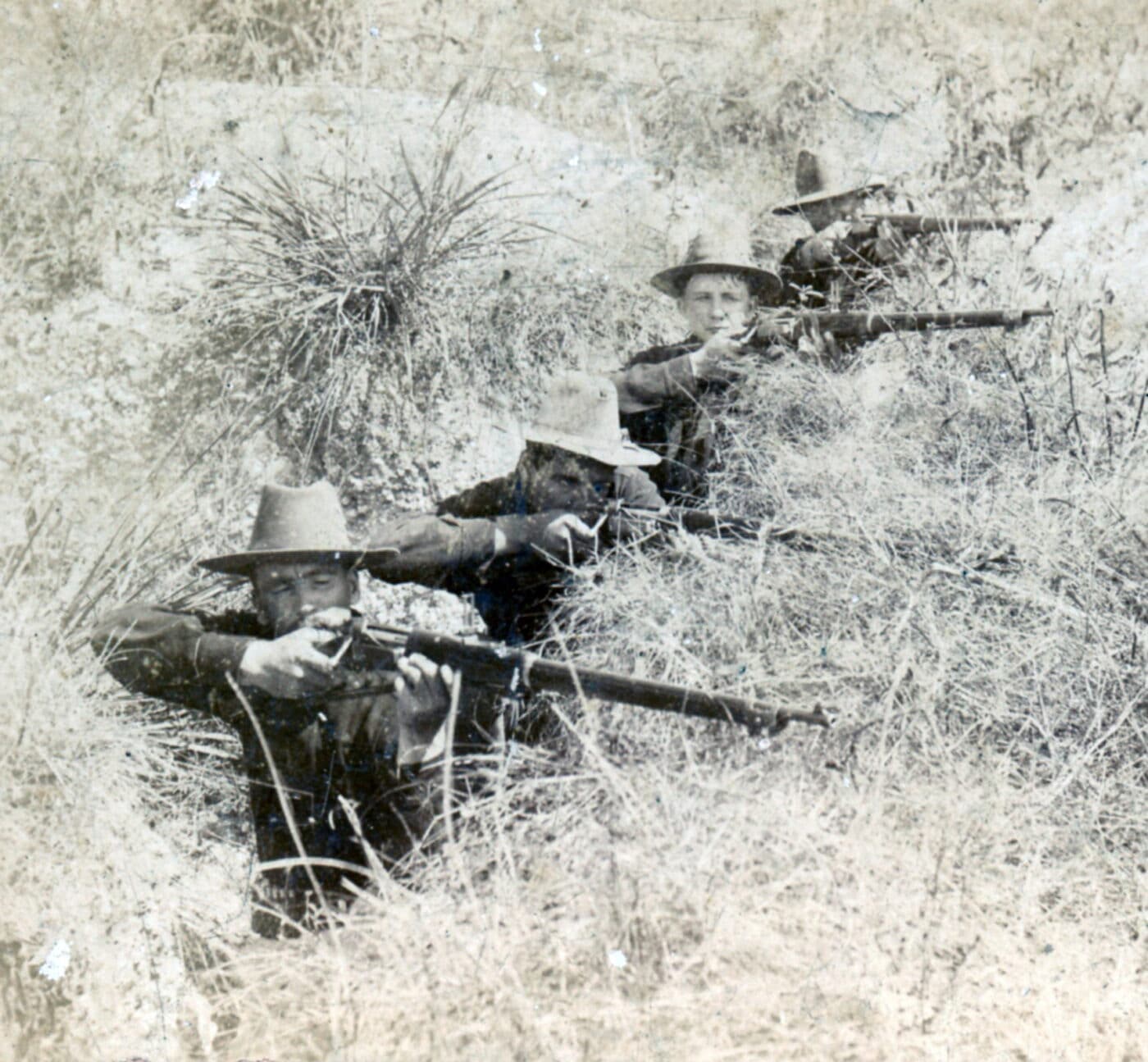
There is also a comparison of the Krag and Mauser rifles used at San Juan Hill in “The Martial Spirit” by Walter Millis (The Viking Press 1931):
“The sharp crackle of the Mausers ran along the trenches, answered by the deeper popping of Krag-Jorgensens from the troops extended in the high grass. But nothing happened, except the biting whip of the bullets, a tightening in the throat, thirst, a growing heat as the sun climbed up behind them, and, presently, a casualty. Then another, and another. Our advance was slow and costly.”
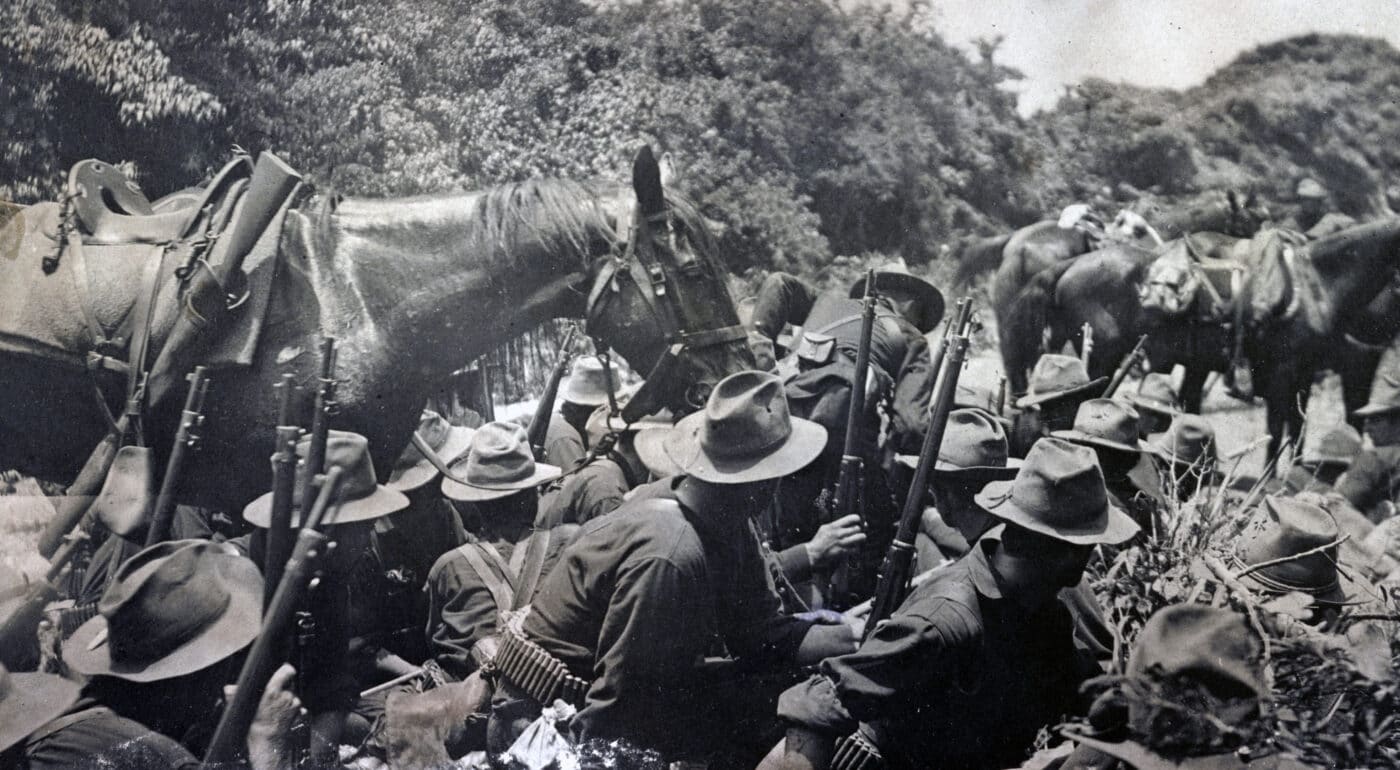
In “The United States in the War with Spain” by Trumbull White (1898), it describes the rifle fire received and returned by Lt. Colonel Roosevelt’s Rough Riders, many of whom were equipped with M1896 Krag carbines.
“Lieutenant Colonel Roosevelt led the former detachment and tore through the brush, urging his men on. The shots came thicker and faster every moment, and the air seemed filled with the singing and shrieking sound of the Mauser bullets, while the short, pop of the Spanish rifles could be distinguished easily from the heavier reports of the American weapons.”
At War from Samoa to Peking
In the years immediately after the Spanish-American War, the Krag continued in combat in some of America’s long-forgotten and little-discussed conflicts. Months after the war with Spain ended, an uprising in America’s new Philippine Territory began in February 1899.
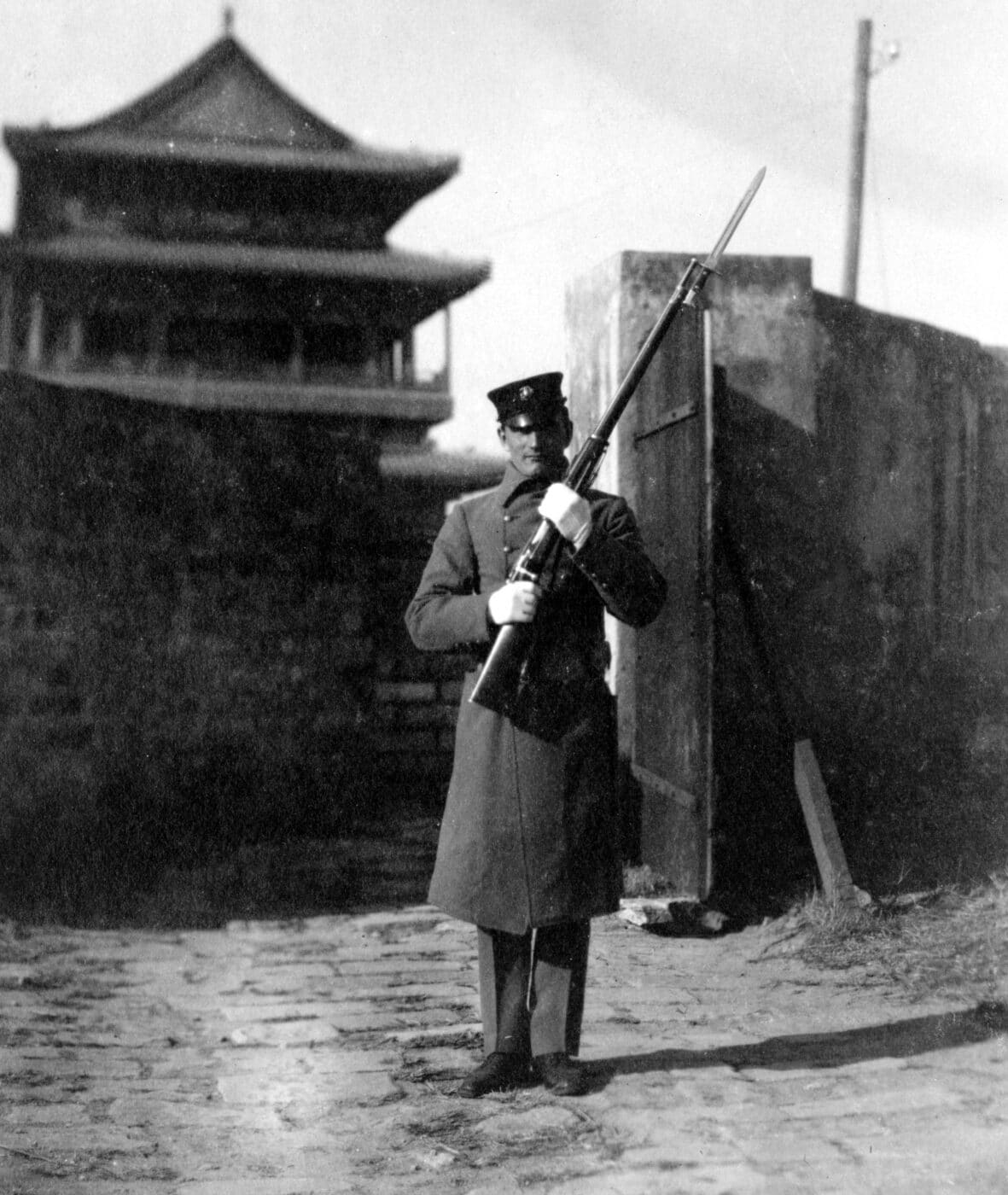
U.S. Army and USMC troops used Krag rifles in their battles with Filipino insurgents in the Philippine-American War until July 1902. Further use of the Krag continued during the Islamic Moro Rebellion that finally concluded in 1913, after the U.S. military had adopted the M1903 Springfield rifle.
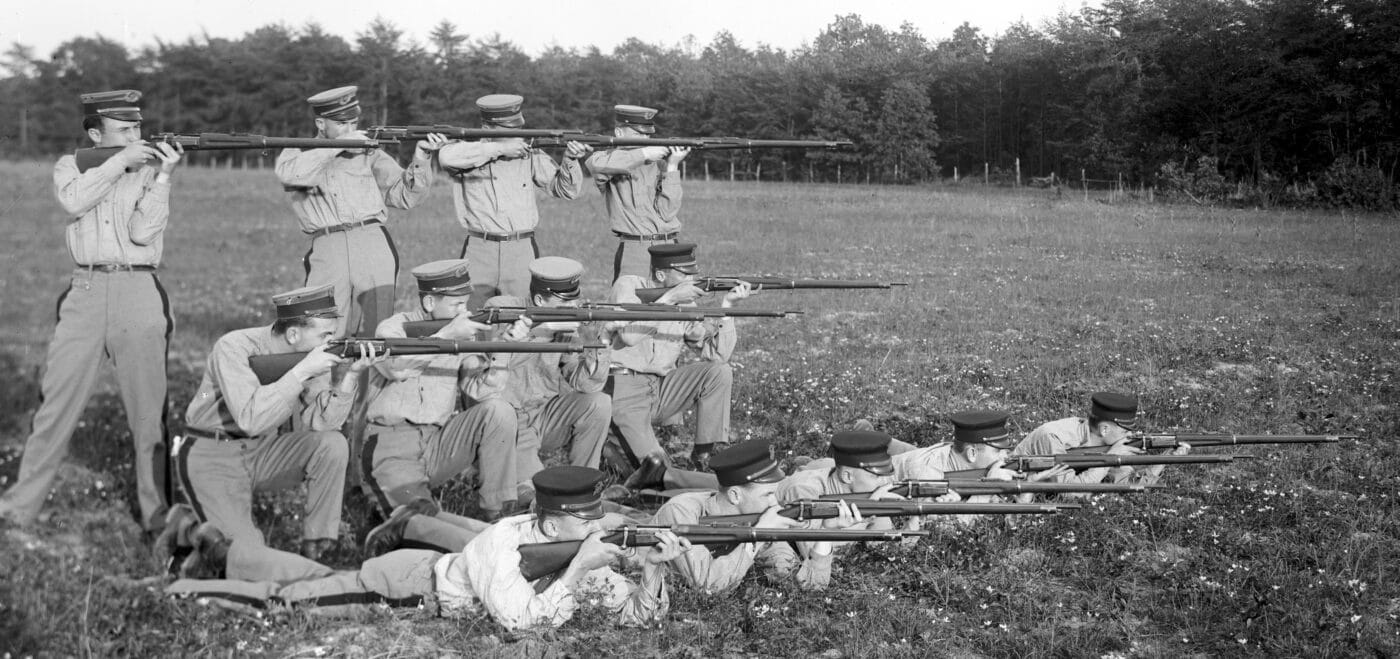
Further action for the Krag rifle came with the USMC during the Second Samoan Civil War in the spring of 1899. The Krag rifle also saw considerable action during the China Relief Expedition.
The Great War
America was not ready for a global conflict when the First World War began in August 1914. Even after watching from the sidelines for nearly three years as a neutral nation, the U.S. Army was still tiny by comparison with European combatants, lacking machine guns, aircraft, armored vehicles and modern artillery. The U.S. arsenal did include the excellent M1903 Springfield rifle, but the amount of available ’03s was far less than what was needed.
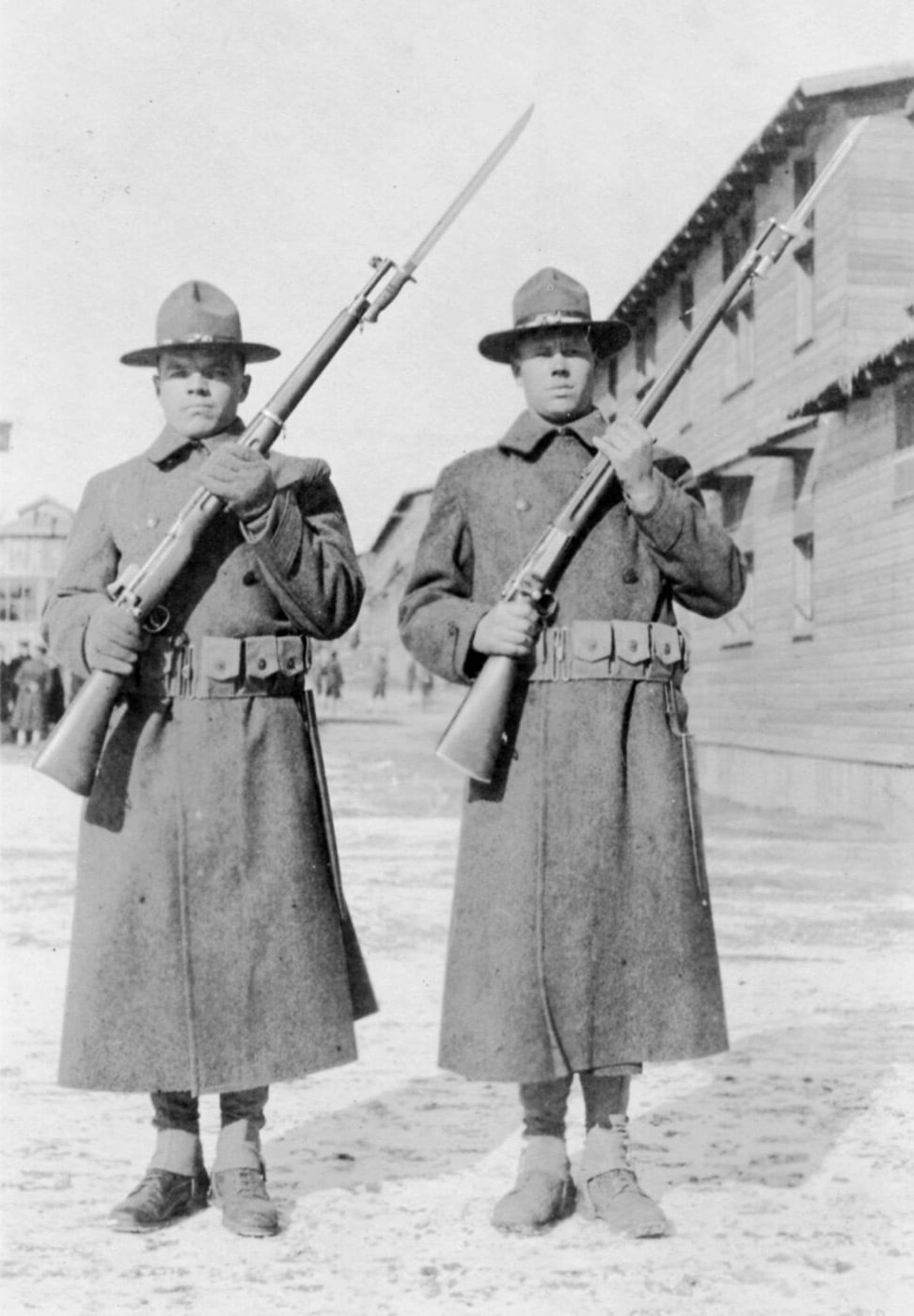
After America entered the war in April of 1917, many recruits were training with wooden dummy guns or even broom handles as the shortages of M1903 and M1917 rifles were severe. As more trainees arrived, the army turned to its supply of Krag rifles. Estimates show that there were more than 150,000 Krag Rifles (mostly the Model 1898) stored in American ordnance depots during mid-1917. The Krags came out of storage and served in several Army training camps during 1917, and then were later issued to training organizations based at many large universities.
Small numbers of Krag rifles were issued to U.S. Army Engineer units deployed to France in late 1917, but it is unlikely that they were used in combat. Any Krags in France were replaced with Springfield or Enfield rifles and returned to the United States by the spring of 1918. After their service in WWI, many Krag rifles were sold to NRA members through the Department of Civilian Marksmanship.
Editor’s Note: Please be sure to check out The Armory Life Forum, where you can comment about our daily articles, as well as just talk guns and gear. Click the “Go To Forum Thread” link below to jump in!
Join the Discussion
Continue Reading
Did you enjoy this article?

 265
265






